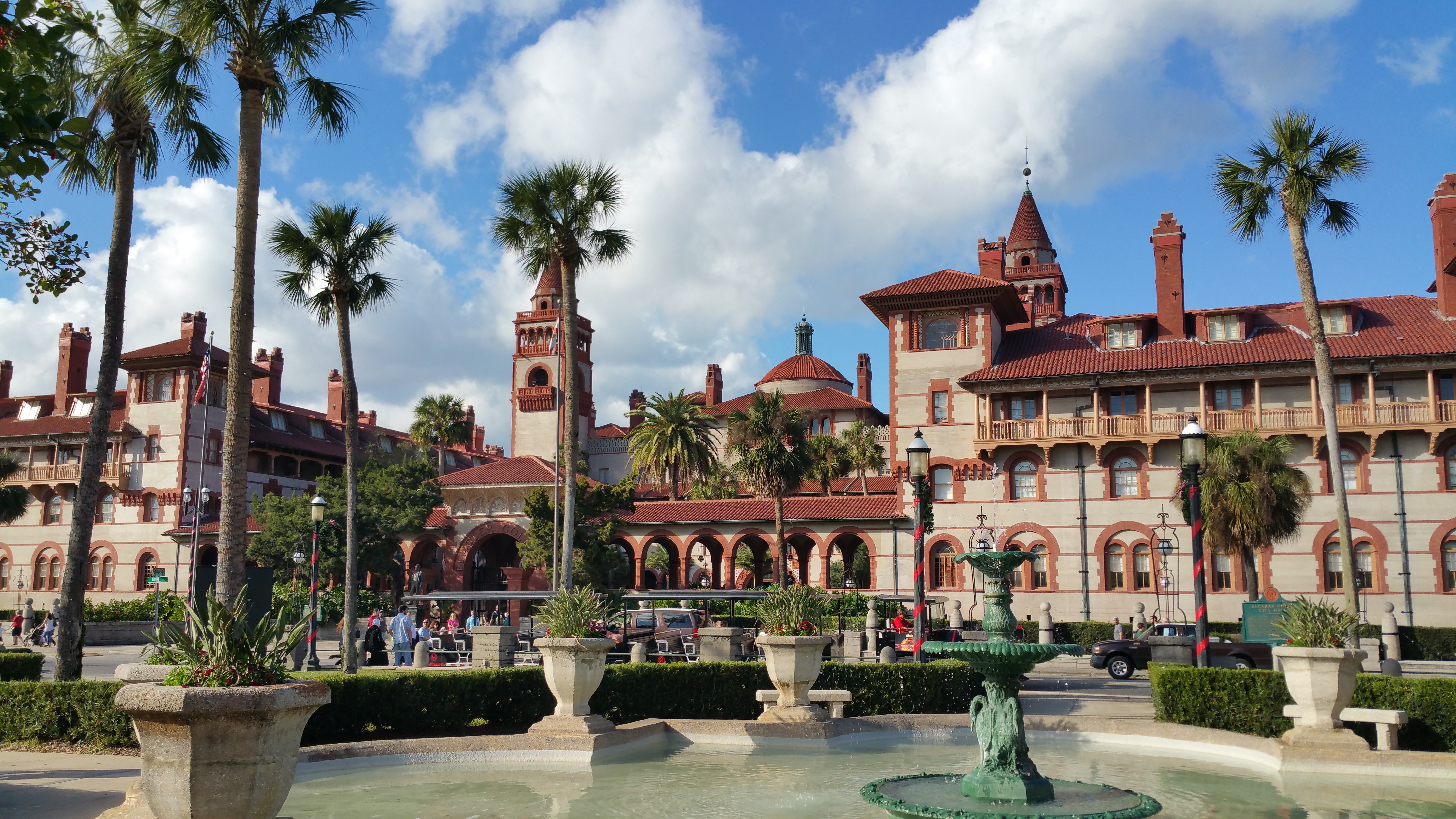
Hotel Ponce de Leon- St. Augustine, FL
Much like the Alcazar Hotel, the last guest checked out of the Hotel Ponce de Leon decades ago. Nevertheless, the first of Henry Flagler’s grand hotels is just as magnificent today as when industrialists wintered here over 100 years ago. Only now, the stunning building houses a college, with undergrads giving tours of the old hotel’s more opulent spaces. It is a wonderful example of jaw dropping Gilded Age architecture, and should not be missed.
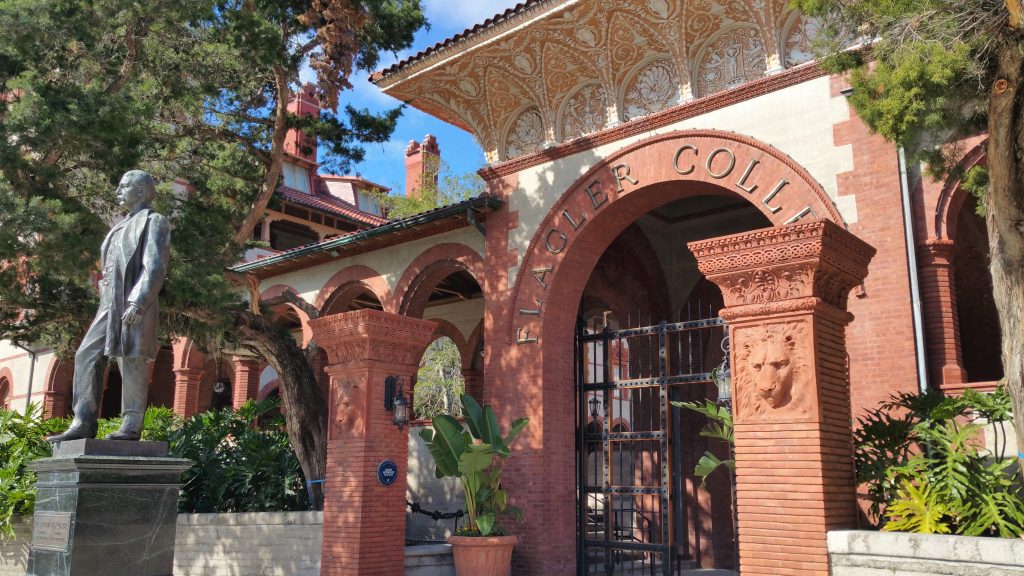
Flagler, as discussed in the Alcazar Hotel post, made his vast fortune in the oil business; however, by the mid 1880s his interest turned to real estate development. After visiting St. Augustine, he sought to turn the area into the American Riviera. His first venture was the Ponce de Leon Hotel, a place for other wildly wealthy Northerners to escape winter weather. In grand style of course. It was built as a seasonal facility, with guests staying (and paying) for the entire winter season. This would ensure no ne’er-do-wells, or merely middle class would cross the threshold of his esteemed establishment.
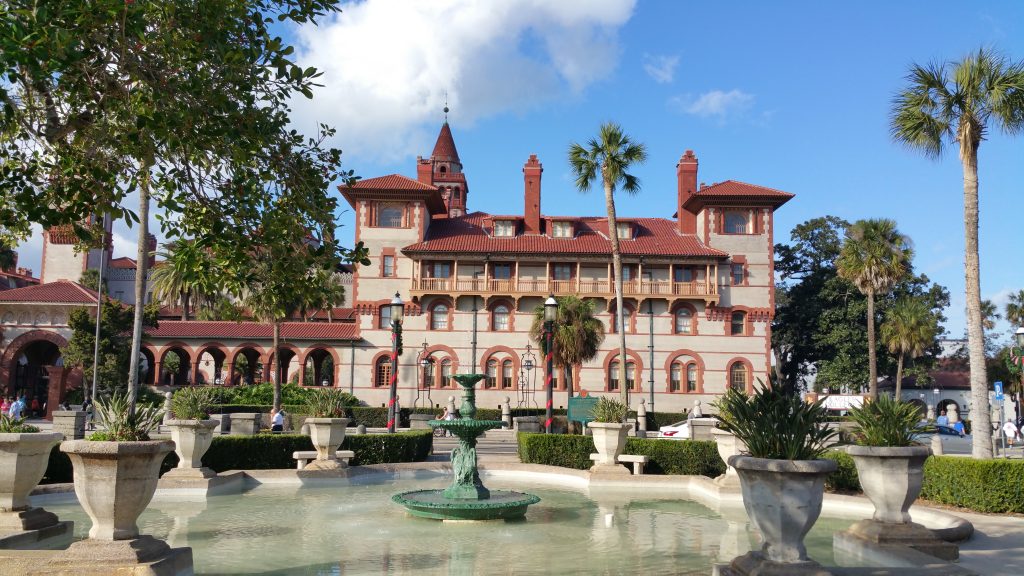
Built on a former orange grove, Flager overspent from the start. He hired only the best to design his hotel, including the New York architecture firm Carrère and Hastings, and Louis Comfort Tiffany, who of course provided the stained glass. For the famed murals, he hired George W. Maynard, whose work would later adorn the Library of Congress walls.
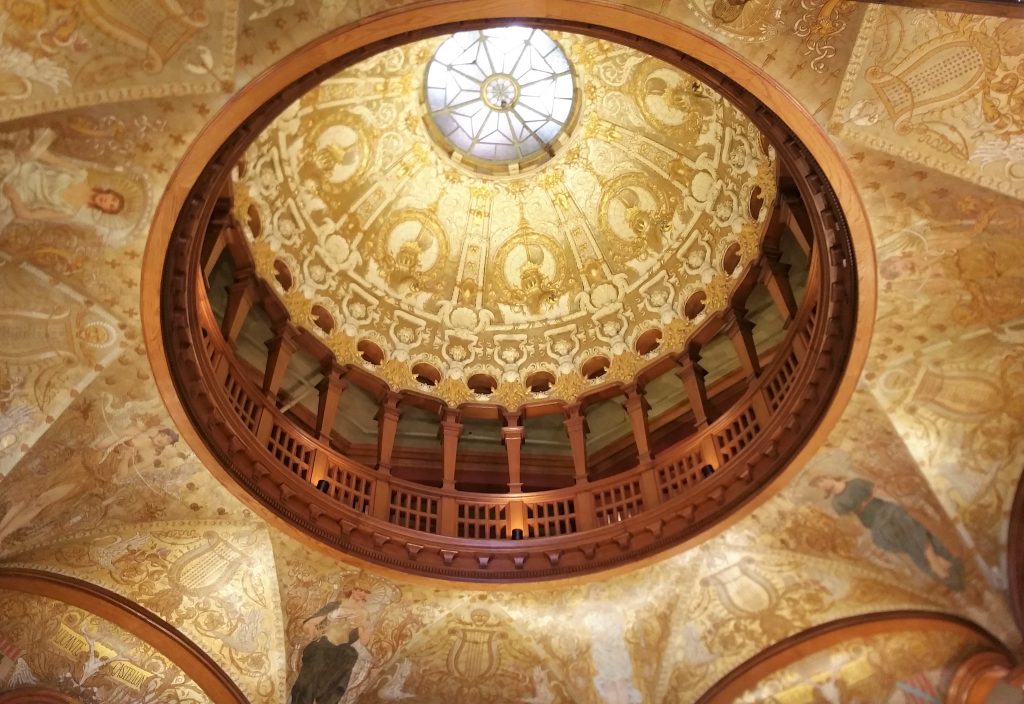
Opened on January 10th, 1888, with the blast of a cannon, the 540 room Spanish Colonial Revival hotel was built to impress. It reportedly cost over 2.5 million to build, which seems almost reasonable considering the quality of construction. Indeed, the hotel was built to accommodate both running water and electricity. Which was beyond luxurious at the time. Electricity was still so novel, Flagler employed staff members to operate light switches for his guests, who were fearful of the new technology. They need not have worried; Flagler’s friend Thomas Edison personally oversaw the installation of the DC dynamos at the hotel, and he certainly knew what he was doing.
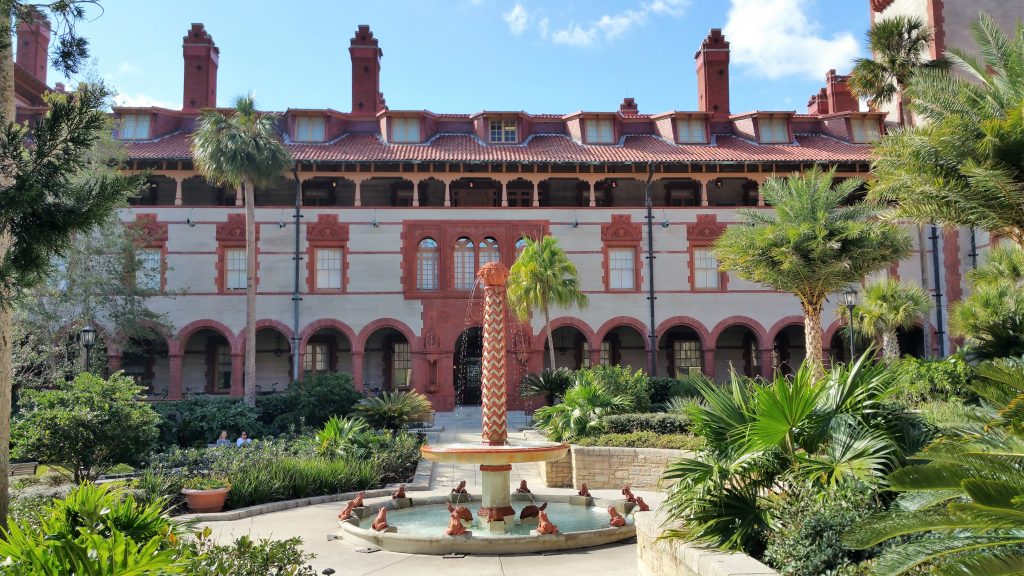
The hotel’s architecture was no less impressive than its cutting edge technology. Guests would enter through an ornate gate, into a large, lushly landscaped courtyard. In the center, a graceful fountain, which was also a sundial when viewed from above. Just off the courtyard was the reception area, complete with a magnificent rotunda, adorned with one of Maynard’s murals. Wrapping around the space, the mural depicts goddesses as the four elements (Fire, Earth, Air, Water), as well as female figures representing the four stages of European exploration (Adventure, Discovery, Conquest, Civilization). The 80 foot dome itself is supported by eight massive oak pillars, each with a robed woman carved at the base.
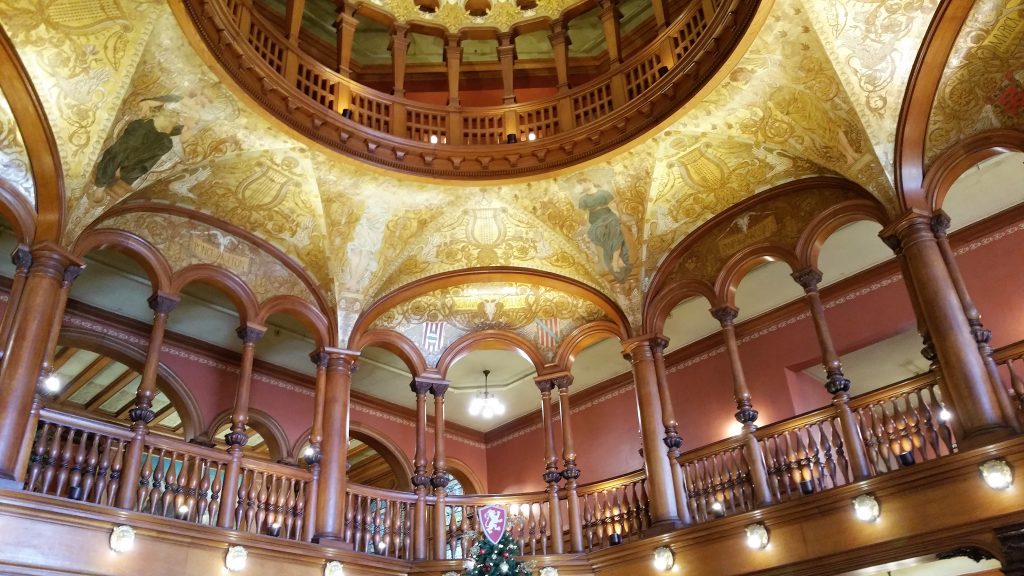
Just off the reception area was the formal guest dining room. With seating for over 600, it was the hub of daily social activity at the hotel. It is also nothing short of an architectural masterpiece. The delicate windows are all Tiffany stained glass, the floors polished oak. It is said to be the largest privately owned collection of Tiffany stained glass in the world.
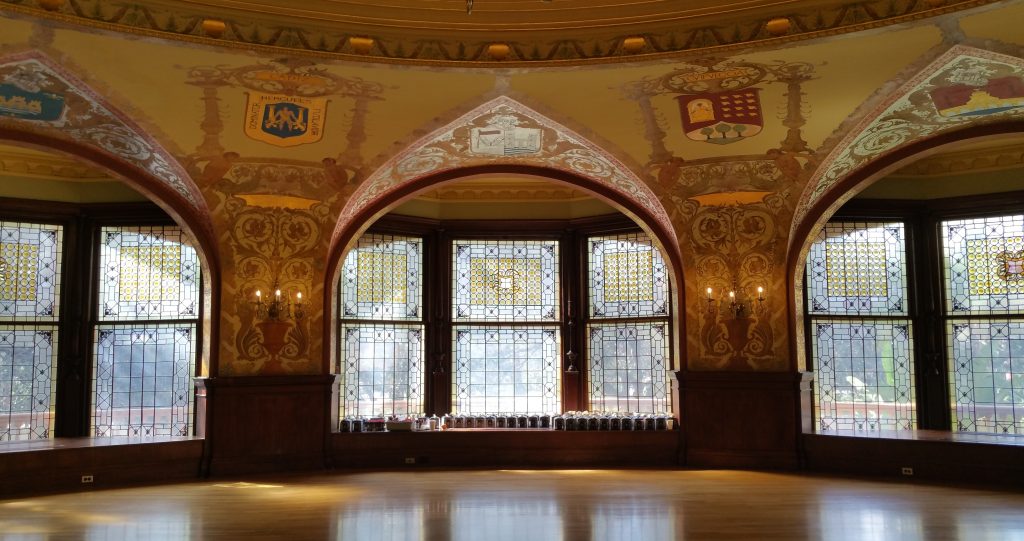
Above, another mural adorns the barrel vaulted ceiling, depicting the early history of St. Augustine, including Ponce de Leon’s Spanish galleon. Antique oak panels grace the walls, lending luxurious warmth to the space. Orchestra niches can be found above the dining area, allowing for musical entertainment during meals. It is the very embodiment of Gilded Age excess, and it is beyond amazing.
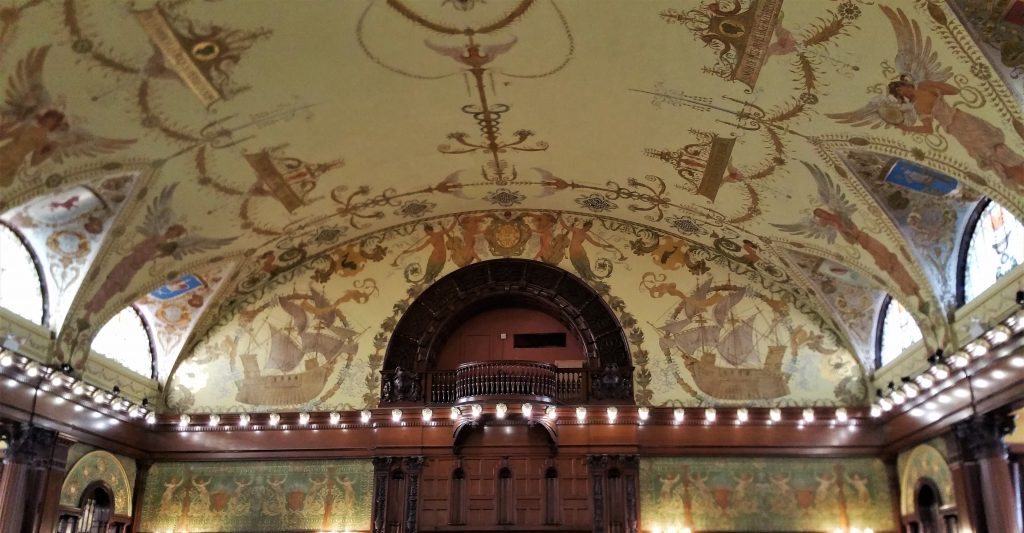
Just off the dining room was the Grand Parlor, adorned with Virgilio Trojetti paintings, ornate furniture, Tiffany Austrian crystal chandeliers, and a large onxy Thomas Edison clock. It is a sumptuous suite of rooms, which one can imagine retiring to after dinner.
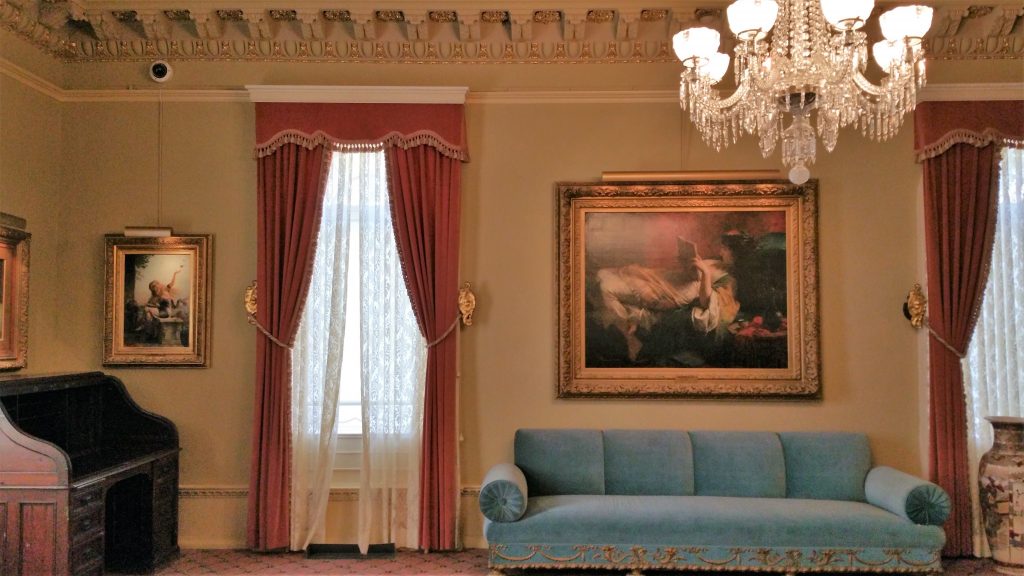
Given all its luxurious appointments, the hotel was widely popular. Wealthy New Yorkers flocked to the Ponce on Flagler’s own rail line, which he planned to extend all the way down to the Florida Keys. Guests included all of Flagler’s industrialist friends, as well as society families, such as the Vanderbilts. Of course Mark Twain visited, as well as several U.S. presidents, including Cleveland, McKinley, Roosevelt, Harding and Johnson.
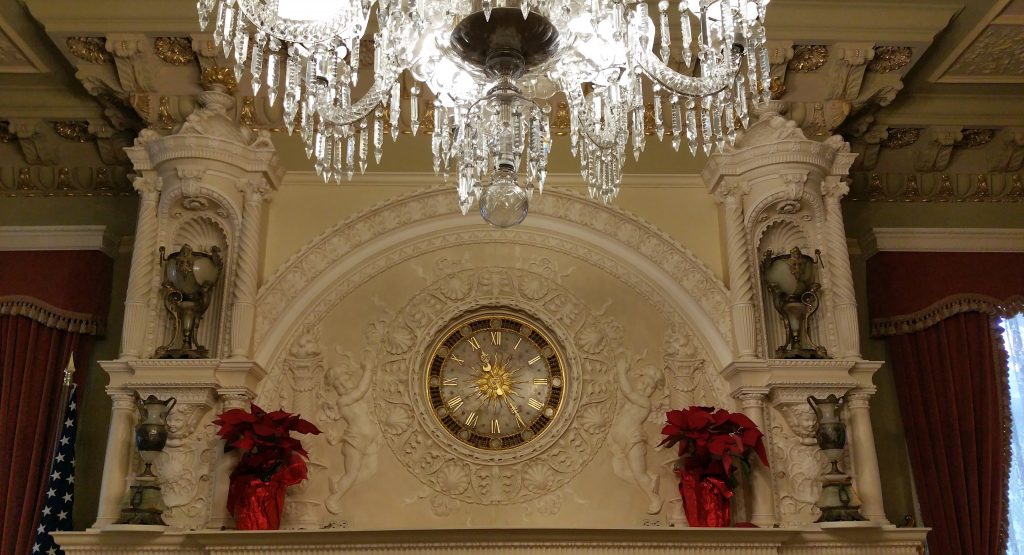
The hotel was so stunning, it was one of the few grand hotels of the era able to weather the Great Depression. Indeed, even as Flagler’s other St. Augustine hotels closed, the Ponce de Leon remained popular, although visitation did decline when an extension of Flagler’s rail line allowed snow birds to travel further south to even warmer weather.
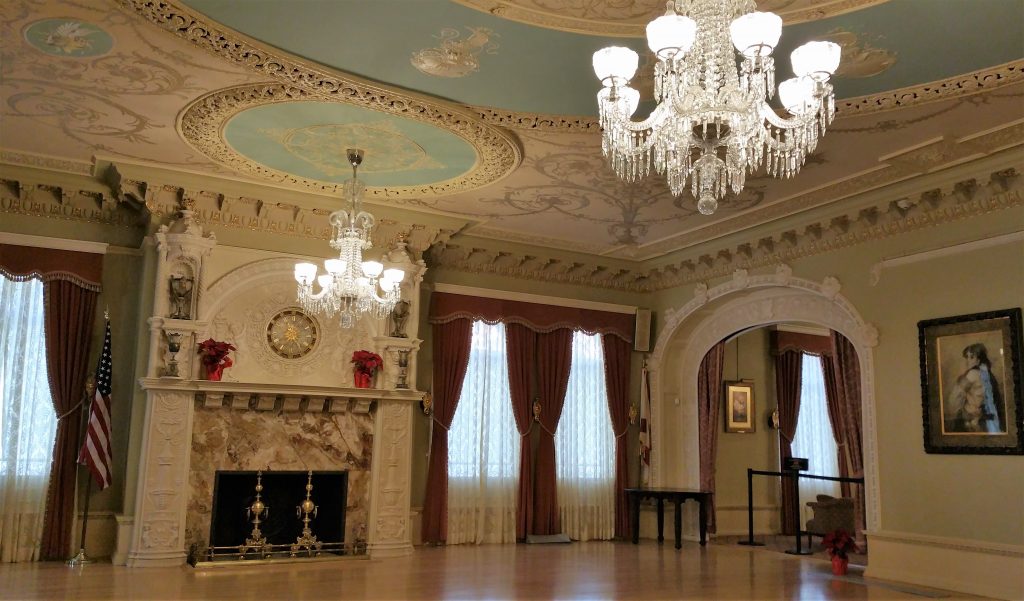
During World War II, the hotel was taken over by the federal government, and became the fanciest Coast Guard Training Center in the world. From 1942 to 1945, the hotel housed up to 2500 trainees at at time, a wartime scenario seen by many grand dames, including Richmond’s Jefferson hotel. Following the war, the hotel reopened, but times had changed. In 1964, amidst the civil rights movement, over a hundred African American students staged a sit in at the elegant Ponce de Leon dining room. As you can imagine, that did not go over well. They were met by police, who quickly and brutally arrested them. In 1967, the storied hotel would close its doors for good.
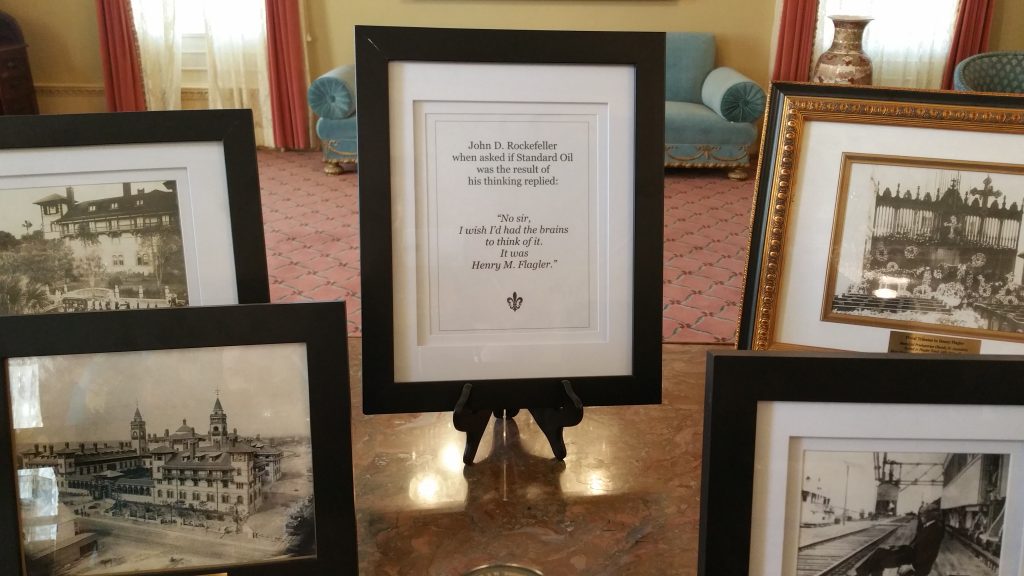
In 1968, following extensive renovations, the property reopened as Flagler College. Originally an all girls, two year school, by 1972 they were a co-ed, four year, accredited college. Enrollment hovers around 2500, the same as the Coast Guard recruits. These lucky students become four year guests of the Ponce, living in the former hotel rooms, as wells as taking meals in the formal dining room. Some students also work on ongoing conservation efforts, such as the restoration of the dining room ceiling. Additionally, they lead tours around the hotel, which again, you must not miss. It is without a doubt one of the finest remaining buildings of this era in the United States.
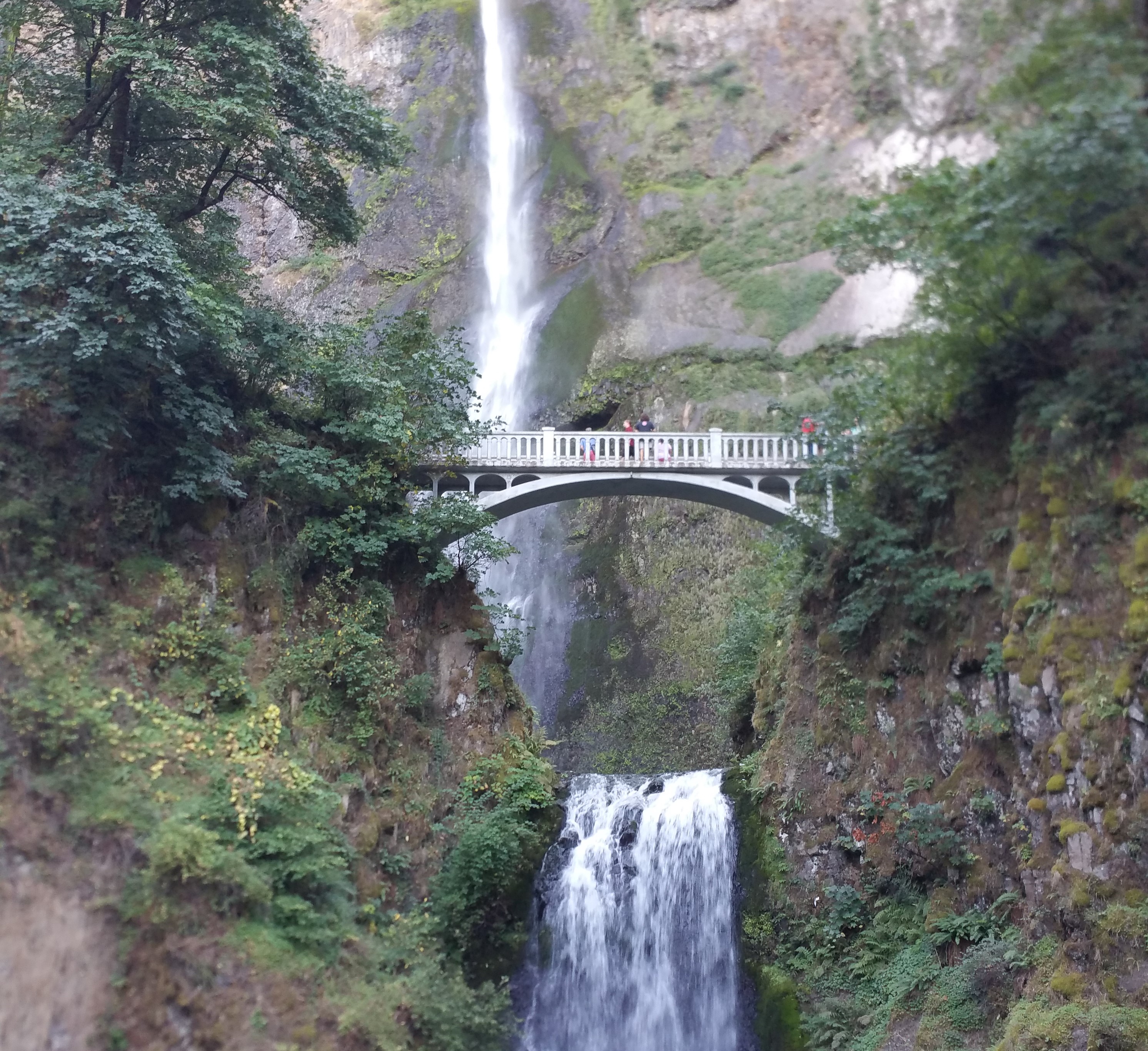
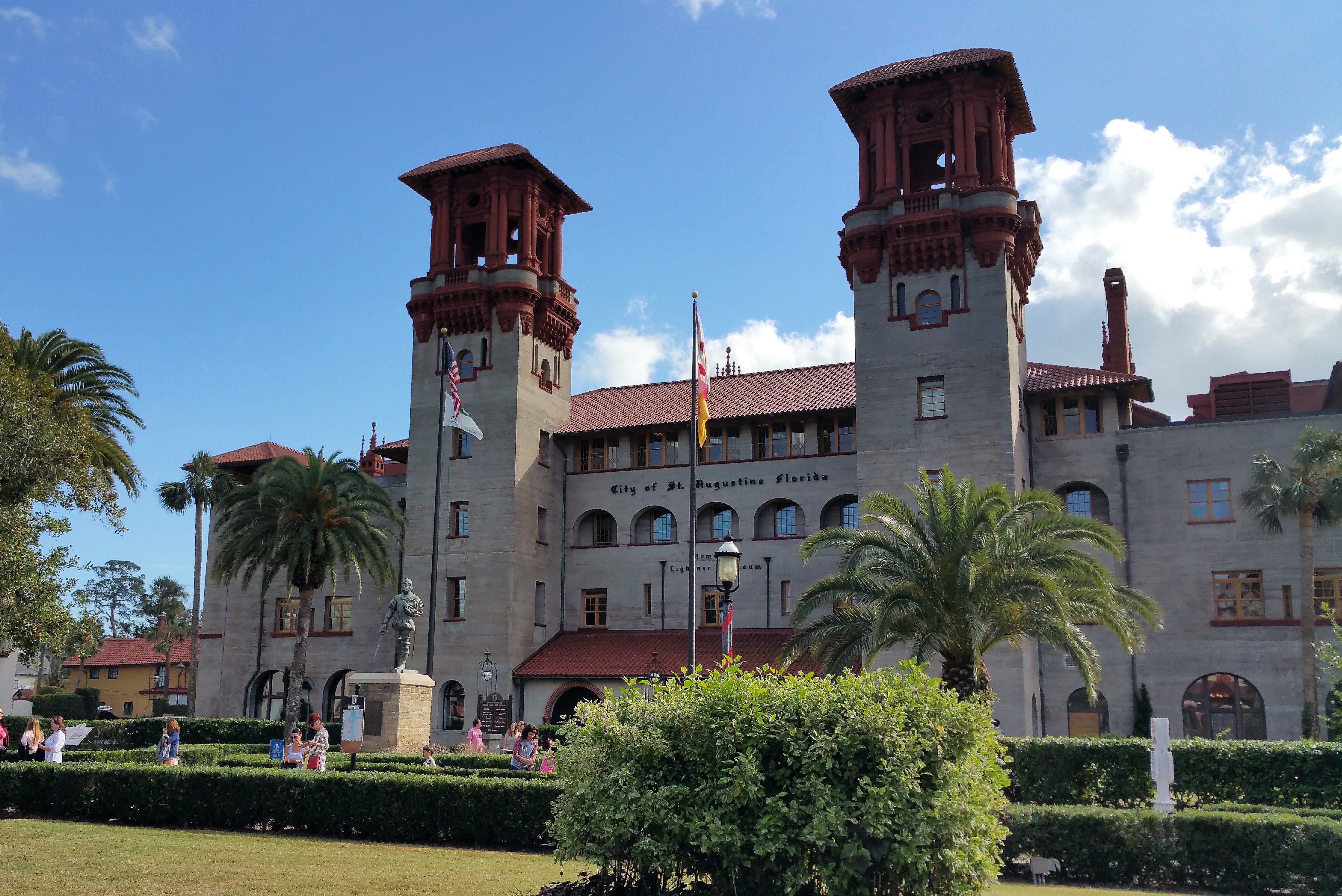
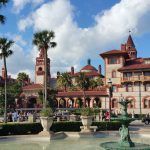
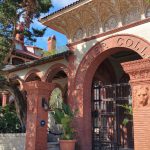
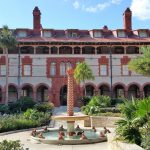
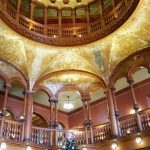
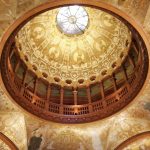

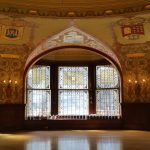

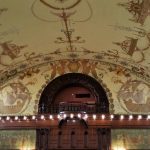


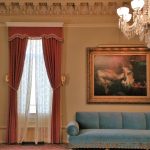
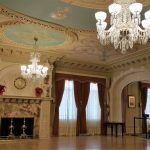
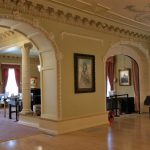
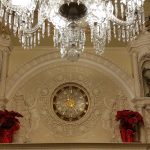
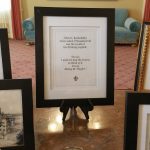
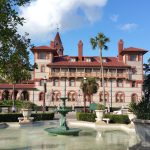

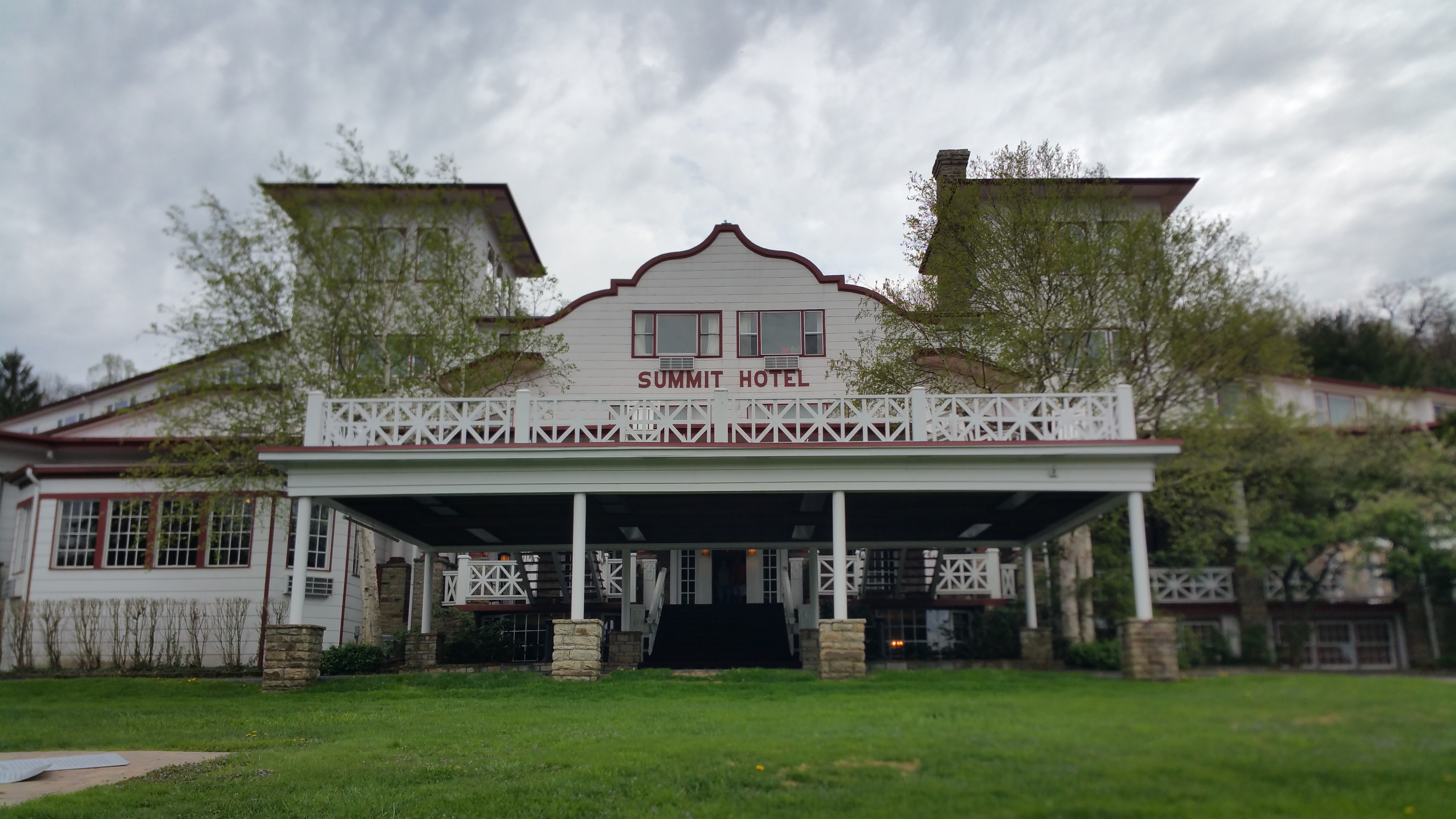
3 Comments
Pingback:
Pingback:
Pingback: